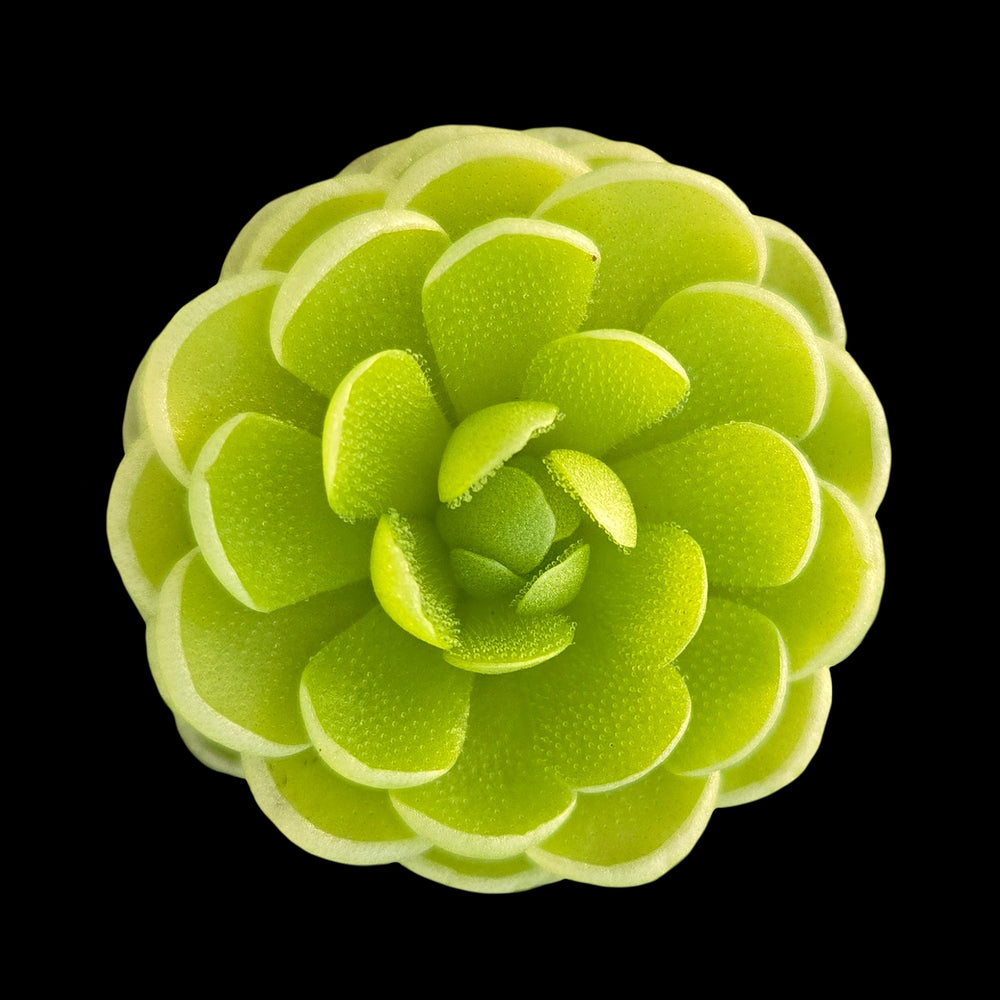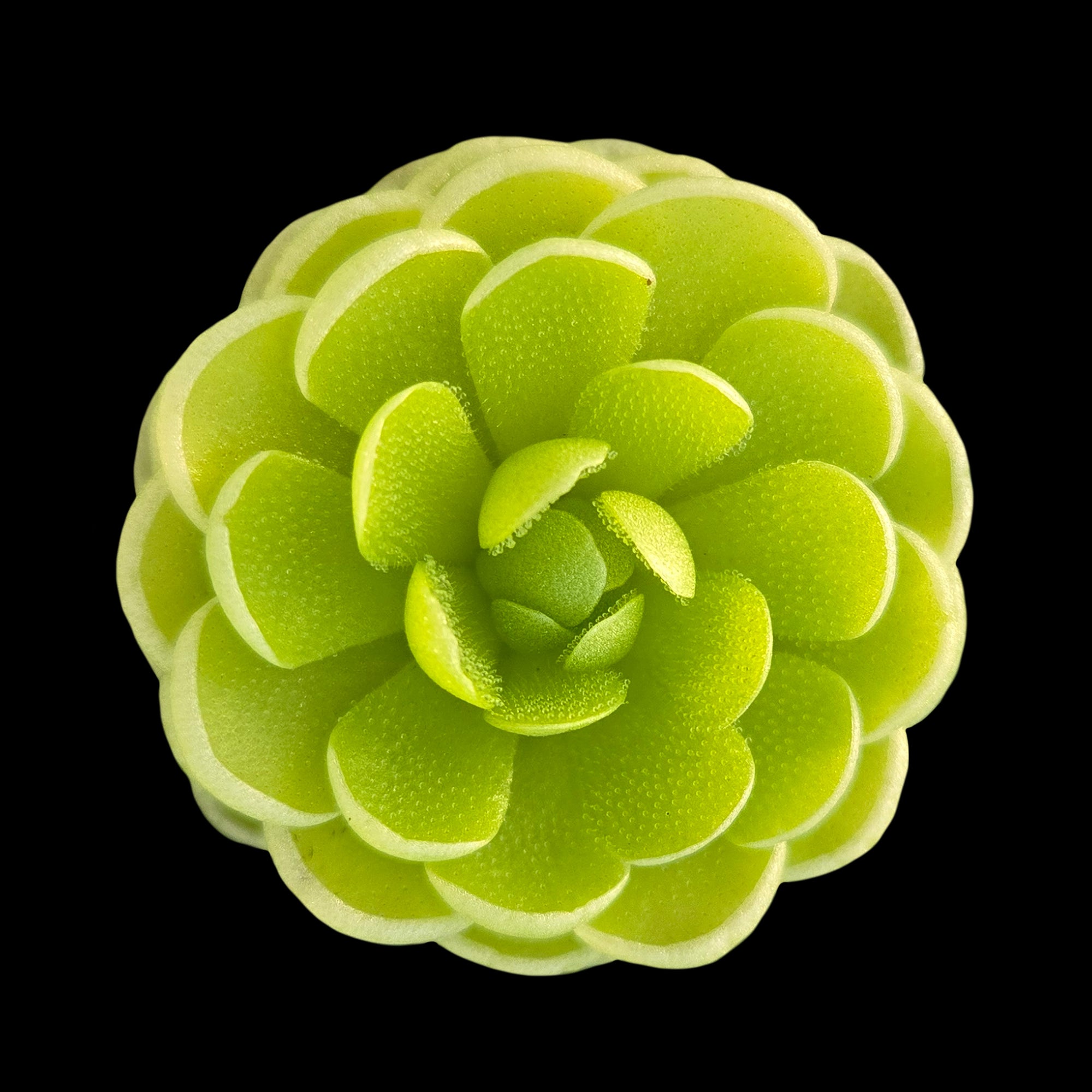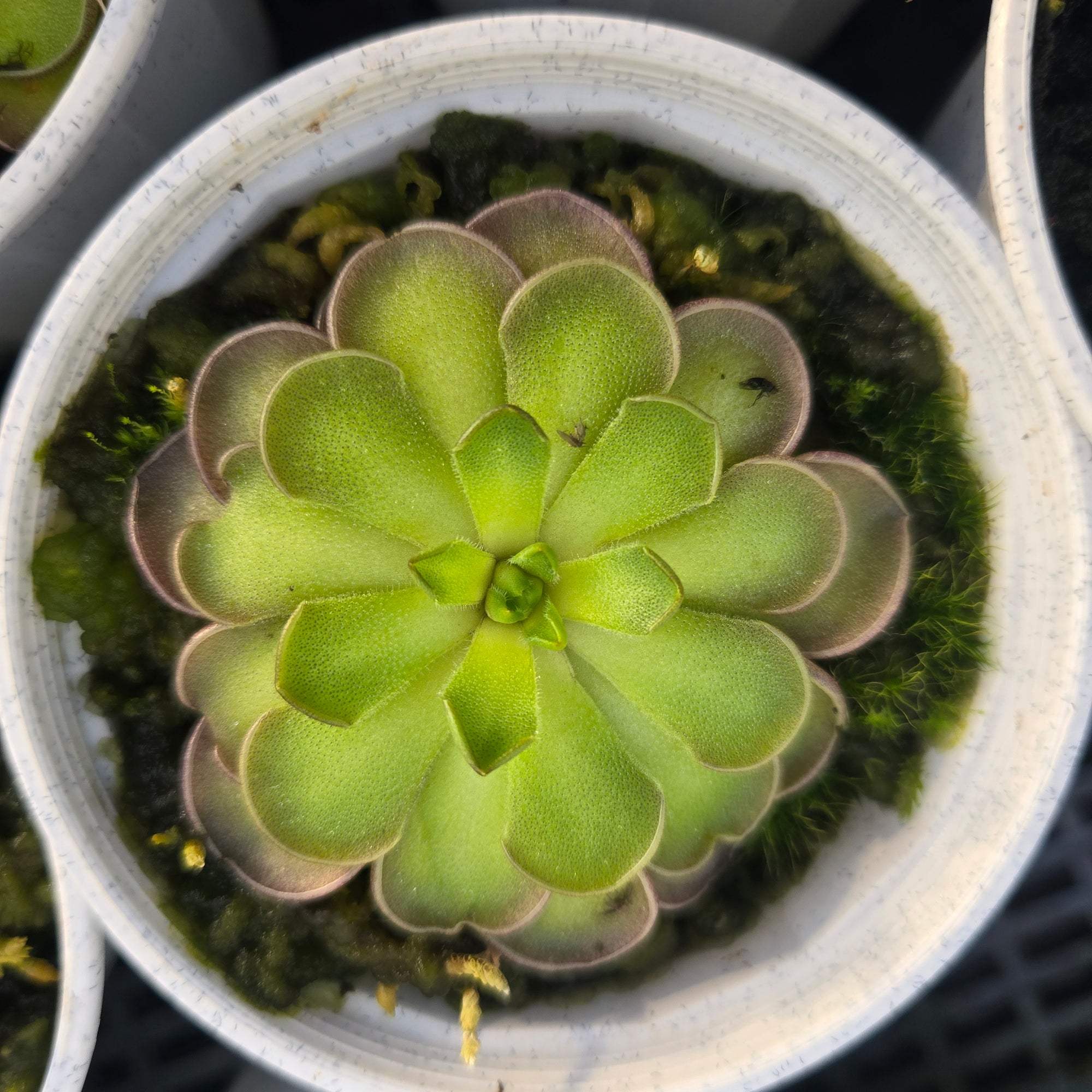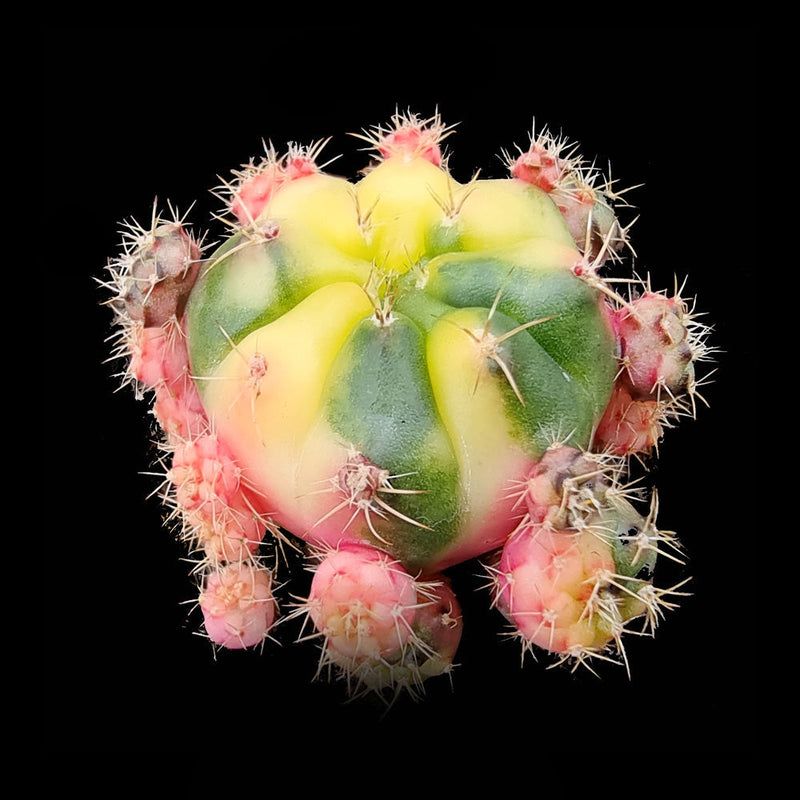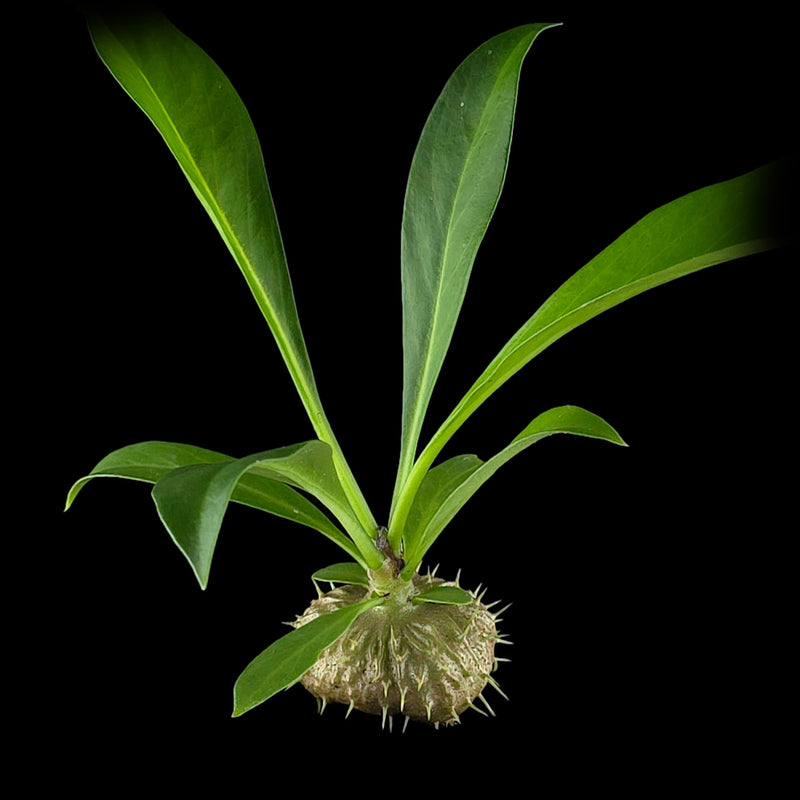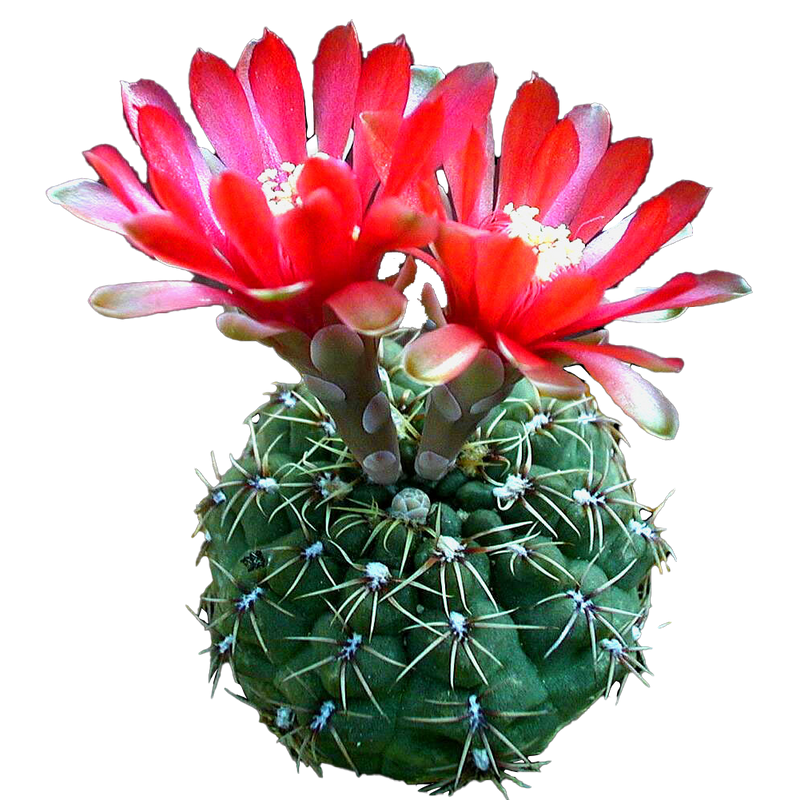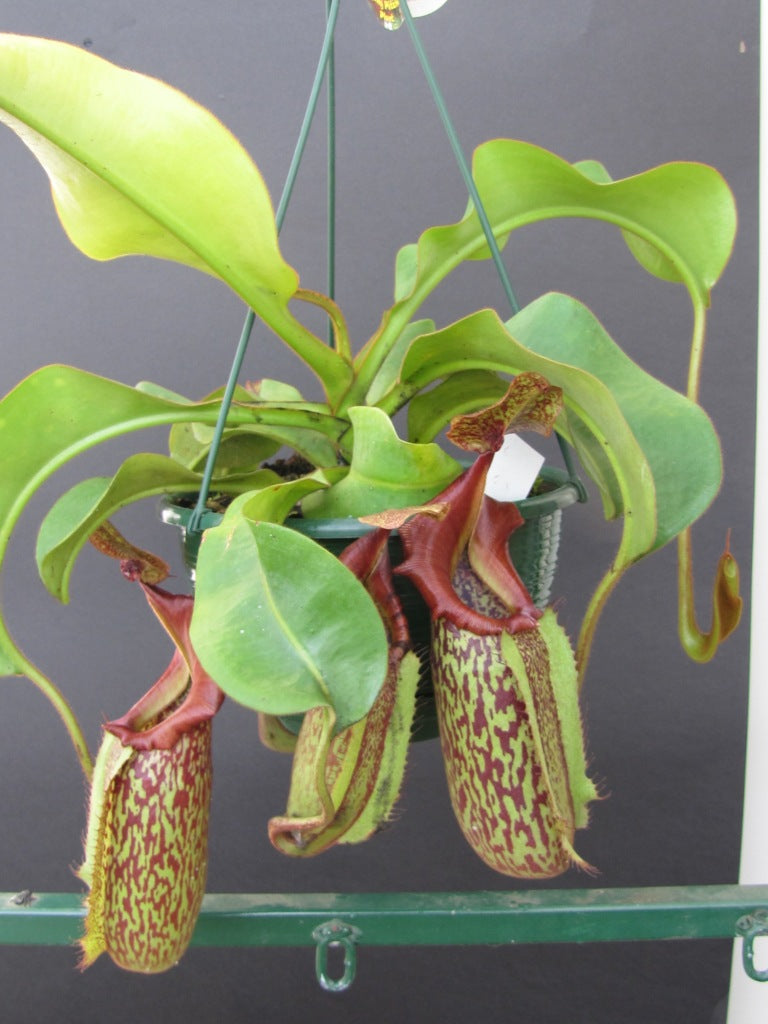My First Carnivorous Plant: A Journey into the World of Pinguicula (Butterworts)
Embarking on the journey of growing carnivorous plants can be both exciting and rewarding. If you're looking for a fascinating and relatively easy-to-care-for entry point into this unique world, Pinguicula, commonly known as butterworts, are an excellent choice. These charming plants, with their sticky, dew-covered leaves, are nature's elegant flypaper, perfectly designed to trap small insects.
What Makes Pinguicula So Special?
Pinguicula are renowned for their glandular leaves that glisten with mucilage, acting as a natural trap for gnats, fruit flies, and other tiny pests. Beyond their insectivorous nature, many species boast beautiful flowers and attractive rosette forms, making them a delightful addition to any plant collection. They are also known for their seasonal dimorphism, often changing leaf morphology between active carnivorous growth in the wet season and a more succulent-like, non-carnivorous form during drier, dormant periods.
Meet Some Members of the Pinguicula Family
Let's explore a few notable Pinguicula species that are popular among enthusiasts:
-
Pinguicula agnata x potosiensis: This striking hybrid carnivorous plant, whose parents are from the mountainous regions of Mexico, forms a tight, flat rosette with glossy, sticky leaves that effectively capture small insects. It's a petite plant, ideal for windowsills, and produces delicate flowers, often with hints of lilac or pink.
Find it here: Pinguicula agnata x potosiensis

Sticky glandular leaves of Pinguicula effectively trapping small insects.
-
Pinguicula esseriana: Hailing from central Mexico, Pinguicula esseriana is a small butterwort known for its compact, succulent-like rosettes, typically under 4 cm in diameter. Its leaves are covered in mucilaginous glands, making it highly effective at capturing tiny insects like gnats and springtails.
Find it here: Pinguicula esseriana
-
Pinguicula stethos (Venezuelan Rosette Jewel): A rare gem from the Trujillo region of Venezuela, Pinguicula stethos forms flat, compact rosettes of succulent, pale green leaves. These are covered in sticky glandular mucilage, which it uses to trap small insects.
Find it here: Pinguicula stethos

A close-up of Pinguicula stethos, showcasing its sticky leaves glistening in the sun.
-
Pinguicula cyclosecta: This captivating Mexican native from the limestone hills of Nuevo León is distinguished by its luminous purple-toned foliage. Its vibrant coloration is enhanced by strong light, making it a visually stunning plant. It also exhibits seasonal changes, transforming into a succulent-like form during winter.
Find it here: Pinguicula cyclosecta
General Care Tips for Your Pinguicula
While specific needs vary slightly by species, here are some general care guidelines to help your butterwort thrive:
- 💡 Light: Most Pinguicula prefer bright, indirect light. Some can tolerate a few hours of direct morning sun, which can enhance coloration in certain species like P. cyclosecta. Avoid harsh midday sun.
- 💧 Watering: Use only distilled water, rainwater, or reverse osmosis water. During the active growing season (typically spring and summer), keep the soil consistently moist but avoid standing water, especially in winter when many species enter dormancy and prefer to dry out slightly between waterings.
- 🌬️ Humidity: Moderate to high humidity is generally appreciated. In dry indoor environments, providing extra humidity can be beneficial.
- 🌱 Substrate: A well-draining, porous mix is crucial. Common recommendations include a blend of perlite and peat moss, or specialized Mexican butterwort mixes that may include ingredients like pumice, vermiculite, or limestone chips for certain species. Avoid nutrient-rich potting soils.
- 🌡️ Temperature: Most Pinguicula thrive in temperatures between 15–28°C, with some highland species like P. stethos preferring cooler conditions (10–22°C). Protect them from frost and extreme heat.
- 🍽️ Feeding: Pinguicula get their nutrients from the insects they catch, so fertilization is generally not necessary. If your plant isn't catching many insects, a highly diluted foliar spray of orchid or carnivorous plant fertilizer can be applied monthly during the growing season.
- 🪴 Repotting: Repotting annually or every 1–2 years in early spring is recommended to refresh the media and encourage healthy growth. Handle with care, as their roots can be fragile.
Pinguicula are truly captivating plants that offer a unique glimpse into the world of carnivorous flora. With their relatively straightforward care requirements and charming appearance, they are an excellent choice for anyone looking to cultivate their first carnivorous plant.
You can find more details and purchase these fascinating plants from Collectors Online.

